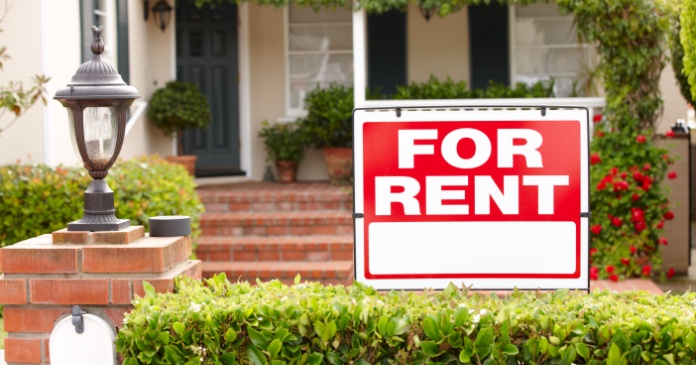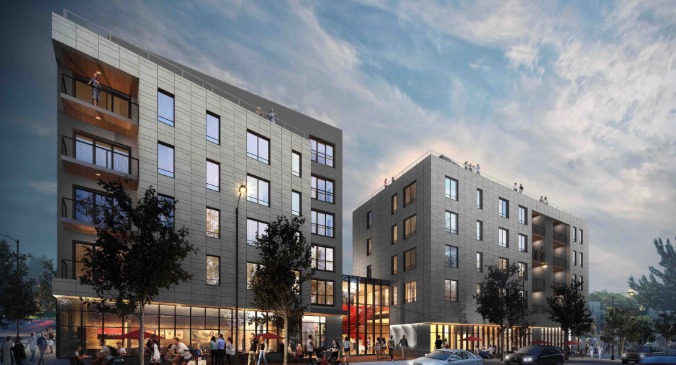Vacancy rates are shrinking all over, in tight markets such as Minneapolis and loose ones like Phoenix.
It’s an unusual situation. Job creation typically drives apartment demand. But this time the tenant top-up is largely about a lack of new supply—in the face of paltry employment growth. Meanwhile, demographic trends and the single-family housing slump are creating tenants, says Hessam Nadji, a managing director at Marcus & Millichap Real Estate Investment Services.
“The demand for apartments is at levels that we haven’t seen since economic boom years like those in 1999 and 2000,” he said. “It is clearly decoupled from the economy.”
The property brokerage projects that asking rents will grow an average of 3.5 percent this year in the U.S.
After the Big Apple at just a 2.8 percent vacancy rate, the tightest areas are now Minneapolis, San Jose, Calif., and Portland, Ore., all under 4 percent.
Widespread improvement
Some 3 million young adults age 24-34 that moved back in with family or roommates in the last five years are now moving into their own places as their employment prospects improve, Nadji says. Hiring has sputtered over recent quarters, but this age group captured 65 percent of the new jobs created in 2010.
Other factors are creating tenants too, Nadji notes: A double-dip in single-family home values has made house hunters wary of buying. Tougher mortgage qualification requirements deter purchases. And homeowners who lost houses to foreclosure have become renters.
Together, those trends helped to lower the U.S. average apartment vacancy rate to 5.9 percent at the end of the second quarter. That was a 1.9 percentage point improvement from a year earlier, as noted by Marcus & Millichap.
While bellwethers like New York and Boston are among markets with vacancies below average, Minneapolis, Milwaukee and other markets also beat the average, largely due to decent job creation and scant new construction. Minneapolis employers added 7,000 workers in the first half of 2011. They had let go 6,200 a year earlier.
Among very tight markets, Minneapolis and Portland vacancy rates fell 2.2 percentage points from a year ago in the second quarter.
Even markets that were battered by rampant speculative home and apartment construction in the last decade have seen rapid improvement. Vacancy in Las Vegas, for example, plunged to 8.1 percent at the end of June from 11.1 percent a year earlier.
Continuing weakness in the Las Vegas housing market contributed: One in every 99 homes in the metro received a foreclosure notice in July. But now the jobs picture is improving slightly. Employers are expected to hire 16,200 workers this year, which would mark the first year of job growth since 2007.
A glut of empty single-family homes reverting to rental houses in Sin City and other overbuilt markets could slow further occupancy gains, Nadji says. But he and other observers point out that single-family homes don’t appeal to most renters ages 24 to 35. Instead they want places that provide maintenance, amenities and services.
Terry Considine, CEO of Denver-based Apartment Investment and Management Co. (AIV), told analysts during the secondquarter earnings call in July that foreclosed homes and rental houses were “not really competitive with professionally managed apartments.”
“They serve different market segments where customers have different interests and preferences,” said Considine, whose company owns or manages more than 600 multifamily properties in 38 states, Washington, D.C., and Puerto Rico.
Buying splurge
Encouraged by improving fundamentals, investors are flocking to apartments. Some $21.6 billion in multifamily properties changed hands in the first half of 2011, more than double a year earlier, says Real Capital Analytics, which tracks sales of more than $5 million.
Capitalization rates slid to an average 6.4 percent in the second quarter from 6.6 percent in the first. They tell a property’s initial yield, falling as prices rise.
Sellers in major coastal markets are fetching prices that reflect cap rates of 5 percent or less, says Jeffrey Baker, executive managing director in the New York office of global brokerage Savills. That’s sending some institutional investors to secondary markets, where yields are higher.
It also is sparking new construction, which can ultimately generate higher yields of 6.5 percent to 7.5 percent for investors. Savills recently arranged equity financing for The Victor, a $140 million luxury apartment project in Boston that just broke ground. It’s the first big multifamily development in the city since the financial markets collapsed in 2008.
“There certainly will be some measured development that’s going to happen over the next couple of years,” Baker said.
Opportunities also exist for mom-andpop investors in most markets among smaller properties, yet to appreciate at the same rate as top-tier assets, Nadji and Baker say.
While buyers typically need to do minor upgrades to justify rent increases in such properties, the reasons to pursue acquisitions have become more compelling, particularly with interest rates around 4.5 percent on a 10-year loan, Nadji adds.
“The turmoil in the stock market has made people think harder and more aggressively about buying apartments,” he said.
Author: Joe Gose, Investor’s Business Daily
















